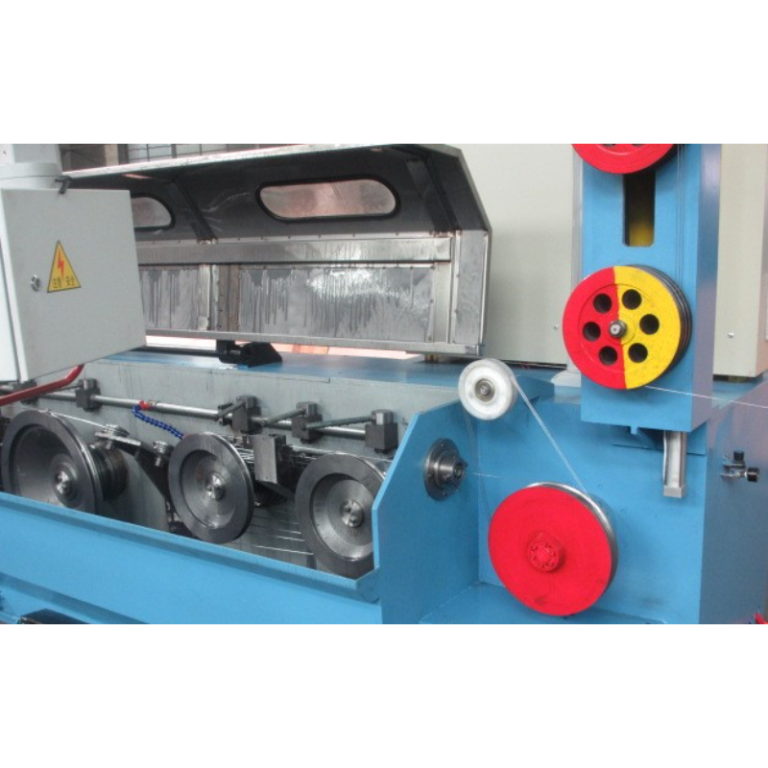تعظيم هوامش الربح مع المردود العام للبيع
في عالم الأعمال، يعد تعظيم هوامش الربح أولوية قصوى لأي شركة تتطلع إلى النجاح والازدهار في سوق تنافسية. إحدى الطرق لتحقيق هذا الهدف هي إدارة التكاليف العامة بشكل استراتيجي. تشير التكاليف العامة إلى النفقات المستمرة لتشغيل الأعمال التجارية التي لا ترتبط بشكل مباشر بإنتاج السلع أو الخدمات. يمكن أن تشمل هذه التكاليف الإيجار والمرافق والتأمين ورواتب الموظفين الإداريين.

في الختام، يمكن أن يكون العائد العام للبيع أداة قيمة للشركات التي تسعى إلى زيادة هوامش ربحها إلى أقصى حد. من خلال بيع الأصول أو الخدمات التي لم تعد ضرورية للعمليات الأساسية للشركة، يمكن للشركات تقليل تكاليفها العامة وزيادة ربحيتها. من المهم للشركات أن تقوم بتقييم عملياتها بعناية وتحديد المجالات التي يمكنها فيها إجراء تخفيضات استراتيجية من أجل تحقيق النجاح على المدى الطويل. ومن خلال اتخاذ خطوات استباقية لإدارة التكاليف العامة، يمكن للشركات أن تضع نفسها في موضع النمو المستدام والنجاح في سوق تنافسية.

أهمية حساب التكاليف العامة في المكافآت العامة لمعاملات البيع
يمكن أن يكون حساب التكاليف العامة عملية معقدة، نظرًا لوجود العديد من العوامل المختلفة التي يمكن أن تساهم في هذه النفقات. إحدى الخطوات الأولى في حساب التكاليف العامة هي تحديد جميع النفقات التي لا ترتبط مباشرة بإنتاج السلع أو الخدمات. يمكن أن يشمل ذلك أشياء مثل الإيجار والمرافق والتأمين والرواتب الإدارية. بمجرد تحديد هذه النفقات، يجب تخصيصها للمنتجات أو الخدمات التي تبيعها الشركة من أجل تحديد التكلفة العامة لكل وحدة.
هناك عدة طرق يمكن استخدامها لتخصيص التكاليف العامة للمنتجات أو الخدمات. إحدى الطرق الشائعة هي استخدام معدل النفقات العامة المحدد مسبقًا، والذي يتم حسابه عن طريق قسمة إجمالي التكاليف العامة على مقياس محدد مسبقًا للنشاط، مثل ساعات العمل أو ساعات الماكينة. ويمكن بعد ذلك استخدام معدل النفقات العامة المحدد مسبقًا لتخصيص التكاليف العامة للمنتجات أو الخدمات الفردية استنادًا إلى حجم النشاط المطلوب لإنتاجها.
هناك طريقة أخرى يمكن استخدامها لتوزيع التكاليف العامة وهي التكلفة على أساس النشاط. تتضمن التكلفة على أساس النشاط تحديد الأنشطة التي تدفع التكاليف العامة ثم تخصيص تلك التكاليف للمنتجات أو الخدمات بناءً على مقدار كل نشاط مطلوب لإنتاجها. يمكن أن توفر هذه الطريقة صورة أكثر دقة عن التكلفة الحقيقية لإنتاج منتج أو خدمة، لأنها تأخذ في الاعتبار الأنشطة المحددة التي تؤدي إلى التكاليف العامة.
بغض النظر عن الطريقة المستخدمة لتخصيص التكاليف العامة، فمن المهم للشركات أن مراجعة حساباتهم وتحديثها بانتظام للتأكد من أنهم يسجلون بدقة جميع النفقات المرتبطة بإدارة الأعمال. من خلال حساب التكاليف العامة بدقة، يمكن للشركات اتخاذ قرارات أكثر استنارة بشأن التسعير والإنتاج والإدارة المالية الشاملة.
في الختام، يعد حساب التكاليف العامة جانبًا بالغ الأهمية لإدارة عمل تجاري ناجح. وينطبق هذا بشكل خاص على المردود العام لمعاملات البيع، حيث يمكن أن يكون لفهم التكاليف العامة وتخصيصها بشكل صحيح تأثير كبير على الربحية. باستخدام طرق مثل المعدلات العامة المحددة مسبقًا أو التكلفة على أساس النشاط، يمكن للشركات التأكد من أنها تلتقط بدقة جميع النفقات المرتبطة بإدارة الأعمال واتخاذ قرارات أكثر استنارة بشأن التسعير والإنتاج.
When it comes to running a business, one of the key factors that can determine its success or failure is the ability to accurately calculate overhead costs. Overhead Payoff stand costs are the expenses that a business incurs in order to operate, but are not directly tied to the production of goods or services. These costs can include things like rent, utilities, insurance, and administrative salaries. Understanding and properly calculating overhead costs is crucial for businesses, as it can have a significant impact on their profitability and overall financial health.
One area where calculating overhead costs is particularly important is in overhead payoff for sale transactions. An overhead payoff for sale transaction occurs when a business decides to sell a product or service at a price that covers not only the direct costs of production, but also a portion of the overhead costs associated with running the business. In order to determine the appropriate price for a product or service in an overhead payoff for sale transaction, it is essential to have a clear understanding of the business’s overhead costs.

Calculating overhead costs can be a complex process, as there are many different factors that can contribute to these expenses. One of the first steps in calculating overhead costs is to identify all of the expenses that are not directly tied to the production of goods or services. This can include things like rent, utilities, insurance, and administrative salaries. Once these expenses have been identified, they must be allocated to the products or services that the business sells in order to determine the overhead cost per unit.
There are several methods that can be used to allocate overhead costs to products or services. One common method is to use a predetermined overhead rate, which is calculated by dividing the total overhead costs by a predetermined measure of activity, such as labor hours or machine hours. This predetermined overhead rate can then be used to allocate overhead costs to individual products or services based on the amount of activity that is required to produce them.
Another method that can be used to allocate overhead costs is activity-based costing. Activity-based costing involves identifying the activities that drive overhead costs and then allocating those costs to products or services based on the amount of each activity that is required to produce them. This method can provide a more accurate picture of the true cost of producing a product or service, as it takes into account the specific activities that drive overhead costs.
Regardless of the method used to allocate overhead costs, it is important for businesses to regularly review and update their calculations in order to ensure that they are accurately capturing all of the expenses associated with running the business. By accurately calculating overhead costs, businesses can make more informed decisions about pricing, production, and overall financial management.
In conclusion, calculating overhead costs is a critical aspect of running a successful business. This is especially true in overhead payoff for sale transactions, where understanding and properly allocating overhead costs can have a significant impact on profitability. By using methods such as predetermined overhead rates or activity-based costing, businesses can ensure that they are accurately capturing all of the expenses associated with running the business and make more informed decisions about pricing and production.






